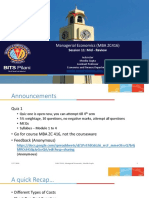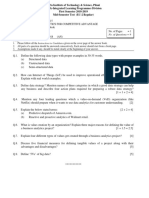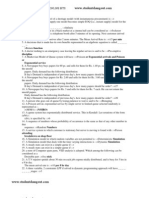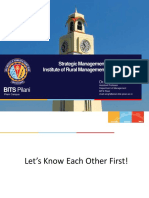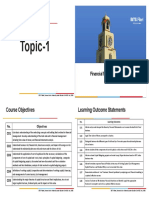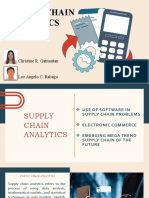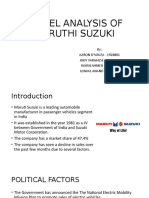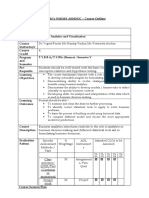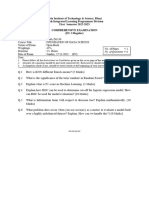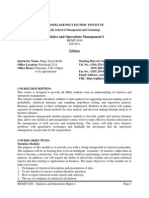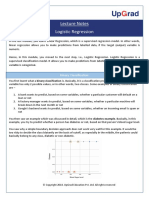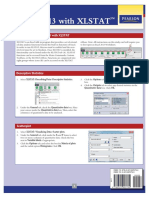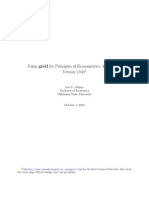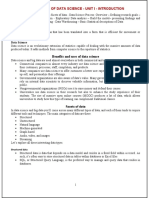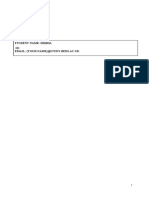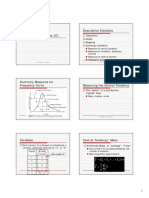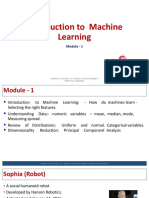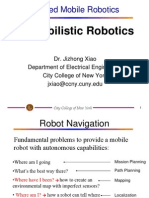0% found this document useful (0 votes)
363 views7 pagesBA ZG524 Advanced Statistical Methods
The document outlines the content design and learning plan for an advanced statistical methods course. The course covers various statistical techniques including hypothesis testing, ANOVA, linear regression, logistic regression, and multivariate analysis methods. It lists the course objectives, textbooks, content structure organized into 12 units, and learning outcomes. The learning plan schedules 17 contact hours across these topics and identifies pre, during and post class study resources from the listed textbooks and chapters.
Uploaded by
Clitt OriseCopyright
© © All Rights Reserved
We take content rights seriously. If you suspect this is your content, claim it here.
Available Formats
Download as PDF, TXT or read online on Scribd
0% found this document useful (0 votes)
363 views7 pagesBA ZG524 Advanced Statistical Methods
The document outlines the content design and learning plan for an advanced statistical methods course. The course covers various statistical techniques including hypothesis testing, ANOVA, linear regression, logistic regression, and multivariate analysis methods. It lists the course objectives, textbooks, content structure organized into 12 units, and learning outcomes. The learning plan schedules 17 contact hours across these topics and identifies pre, during and post class study resources from the listed textbooks and chapters.
Uploaded by
Clitt OriseCopyright
© © All Rights Reserved
We take content rights seriously. If you suspect this is your content, claim it here.
Available Formats
Download as PDF, TXT or read online on Scribd
/ 7
